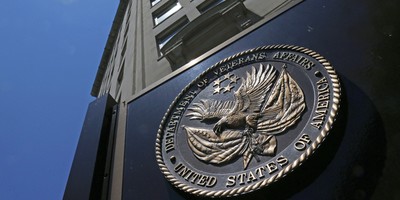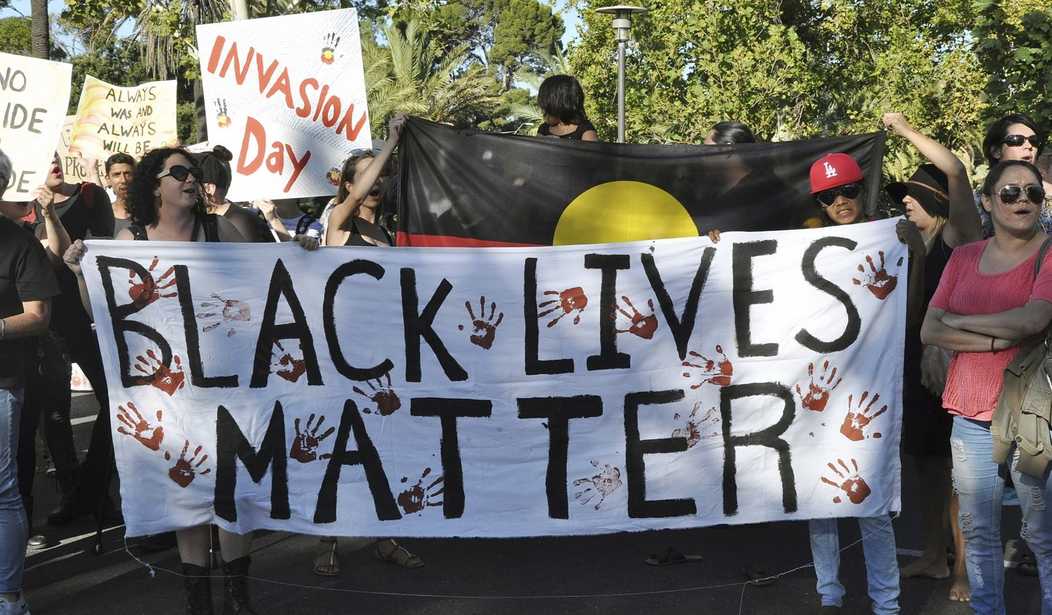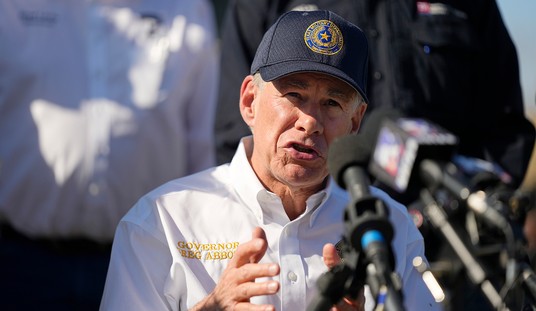Editor's note: The following is an excerpt from TABOO: 10 Facts You Can't Talk About (Regnery; January 28, 2020).
Cultural differences between groups (1) exist and (2) predict success. A corollary to these points is that, when all cultural differences are adjusted for, contemporary racism has almost nothing to do with the major problems faced by minority Americans today. This is, of course, a wildly provocative statement. The idea that the United States today is an “institutionally” or “structurally” prejudiced society is a cornerstone of modern liberal thought. The Black Lives Matter movement alone has staged 2,406 major marches against racism during the past few years. However, any serious claim that contemporary or recent bigotry is the cause of phenomena such as the 75 percent Black illegitimacy rate founders on three rocks. First, these problems did not exist among Blacks (or anyone else) when racism was much worse, (2) these problems do not exist for successful, dark-skinned African and Asian immigrants to the U.S.A., and (3) many or most such problems do exist among poor whites—perhaps the most genuinely neglected group in America—to roughly the same extent that they do among Blacks.
The idea that prejudice is the cause of virtually all poor group performances, at least among minorities, remains the foundation of the contemporary activist movement. That movement is as vigorous today as it has ever been. Rather remarkably, civil rights activism against perceived oppression—not counting the gay rights movement—seems to be more widespread today than it was in the 1960s. Leanna Garfield’s recent list of the largest protest marches in U.S. history opens with the 2017 protest of Donald Trump’s inauguration and goes on to include Louis Farrakhan’s Million Man March (1995), a 1993 march on Washington targeted at eliminating racism and (primarily) at achieving civil rights for gay Americans, the “Million Woman” pro Black march (1997), the 2003 protests against the Bush administration, and the feminist March for Women’s Lives (2004). Astonishingly, Martin Luther King’s March on Washington was more poorly attended than any of the later marches on the list, drawing only 250,000 attendees as opposed to “anywhere from 500,000 to two million people” for the Million Woman March 34 years later. A cynic might suggest that King’s followers, Black and white, were more likely to have jobs they could not leave at will than the Antifa fighters and BLM radicals who came after them.
Garfield’s list would probably have been swelled by at least a few additional rallies if compiled at this point in the Trump presidency. The seven-page Wikipedia article headlined “Protests against Donald Trump,” which is an actual thing that exists, lists (as of July 25, 2018) 32 major American or international anti-Trump protests, including: the Women’s March, the Day Without Immigrants, “Not My President’s Day,” the Charlottesville rally, and the recurring and no doubt delightful “Resist Trump Tuesdays.” Quite a few of these attracted at least a few hundred thousand participants; Wikipedia provides a figure of 100,000 “plus” for the inaugural protest and lists the Women’s March attendance at 2–4 million participants in the U.S.A. and 4–5 million worldwide. At least a few were more lively than the organizers probably expected; the casualty toll across anti-Trump events so far is four dead, 81 injured, and 1,040 persons arrested.
Recommended
With perhaps two or three exceptions, almost every march listed so far included opposition to “racism” or “prejudice” among its core principles. In recent years, “mass mobilization” events like these have been supplemented by specifically pro-Black protests organized by the Black Lives Matter movement. Almost 3,000 of these have taken place in the past 5 years. A report from Elephrame, a data archive website, lists 2,406 major BLM rallies (“protests and other . . . demonstrations”) over a period of 1,467 days. The list of these includes the various Trayvon Martin demonstrations and riots, the Ferguson Freedom Ride, the Ferguson riots, and the massive protests following the deaths of (among others) Walter Scott, Tamir Rice, Sandra Bland, and Philando Castile. This is to some extent speculation, but the hard numbers indicate that there are probably more civil rights marches per year today than there were in 1960!
Not a few of today’s major marches are literally held at the locations where historic rallies took place during the original civil rights movement, either to commemorate the old leaders or to commiserate about how “nothing has changed.” On March 8, 2015, a memorial of the “Bloody Sunday” marches and police attacks in Selma, Alabama, made national news, with the Washington Post reporting that tens of thousands of “marchers, government officials, and other public figures gathered Sunday”—for the second or third day in a row—“to commemorate the 50th anniversary of a brutal police assault on civil rights demonstrators.” By mid-afternoon, area police reported, apparently with some trepidation, that “at least 15,000 to 20,000 people had joined the crush on and around the bridge.”
Eric Holder, then-President Barack Obama’s attorney general, showed up and gave a speech denouncing . . . you’ll never guess it . . . racism. Holder argued that the U.S.A. has perhaps improved since the 1960s, but that conservatives on the Supreme Court were attempting to use “profoundly flawed” decisions to “weaken the federal government’s voting rights enforcement powers.” He closed by saying that, as in the days of one-hundred-dollar-poll taxes, “Fair and free access to the franchise is still, in some areas, under siege.” Holder also compared today’s scuffles between BLM fighters and city cops to the civil rights movement, drawing applause when he noted that murdered civil rights workers such as Jimmie Lee Jackson were “unarmed Black men.”
The problem with the idea that racism has declined (“gone underground”) little, if at all, and that the minority problems of today are caused by racism—just as those of the past may have been—is threefold. First, most contemporary Black problems were less serious when racism was much worse. Few Black teenagers had babies out of wedlock in 1960, and almost no middle-class Black men went to jail, although the Black crime rate was still frankly a bit higher than the white crime rate. Second, most of these contemporary problems do not exist today for visibly nonwhite immigrants from Africa, South Asia, and the West Indies, who often outperform both American whites and Blacks. Finally, most of these issues, along with other terrible problems like opiate addiction, do exist for the working-class whites who live alongside poor Blacks. All of this indicates that internal American cultural collapse is the root cause of the problems we as a society face today.

























Join the conversation as a VIP Member